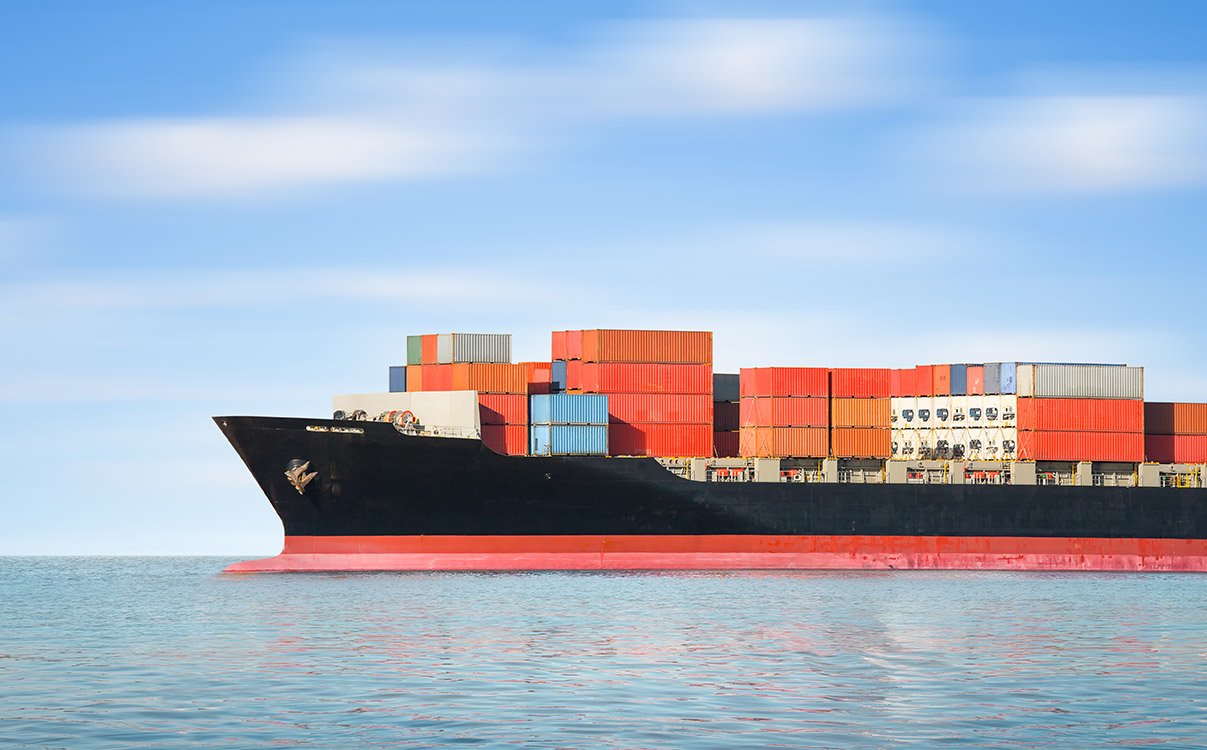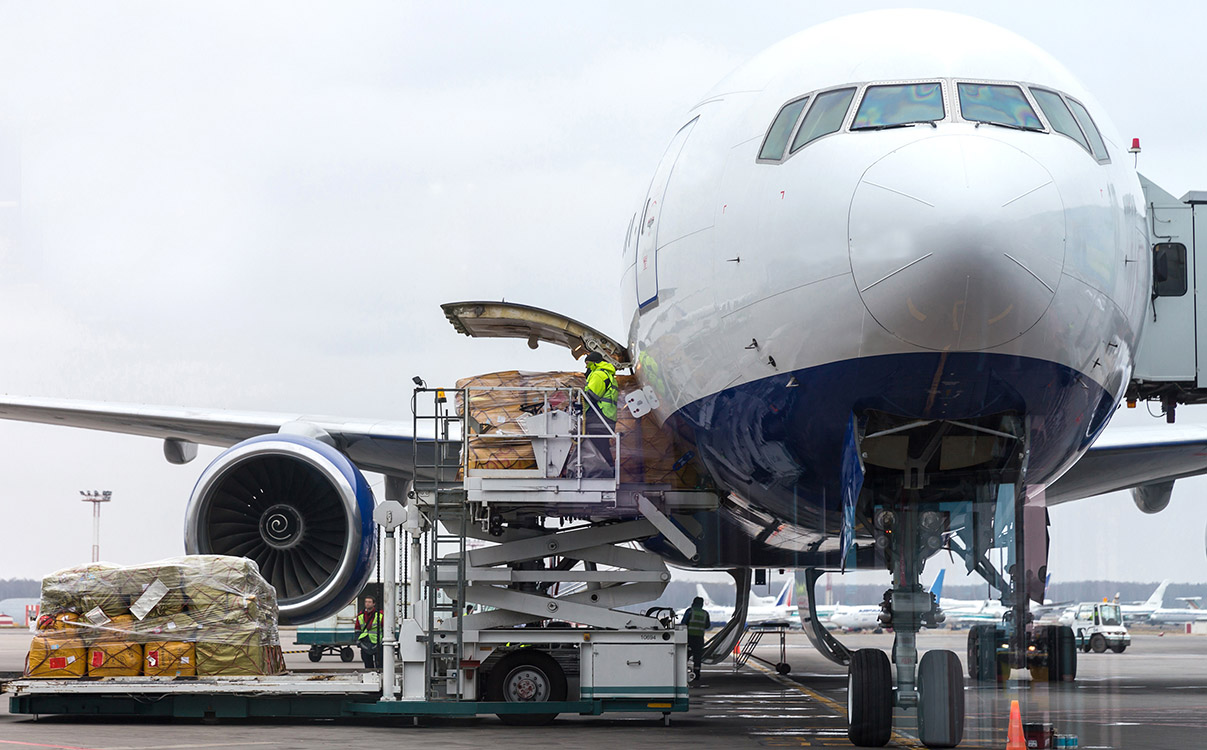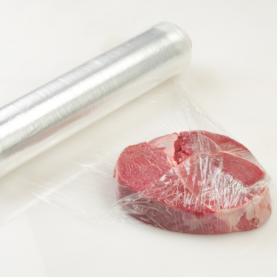Transporting food
International trade has increased greatly over the past few decades. Food now travels thousands of miles thanks to more efficient means of transportation, although these come at an environmental cost, measured in food miles (the amount of CO2 emitted per mile for a tonne of food). However, it is not only the journeys that are responsible for greenhouse gas emissions. Cultivation of crops and storage and processing of food all have an environmental impact too.
Mérenne Emile, 2013, Géographie des transports, Rennes : Presses universitaires de Rennes.
Thinard Florence, 2015, Le grand business des plantes, France : Plume de carotte.
Engeln Henning, Hauschild Jana, Hart Reiner, « Changement climatique : le steak frites sur la sellette », GEOSAVOIR, hors-série, septembre-octobre 2012, n°4, pp.48-65.
Observatoire bruxellois de la consommation durable, 2006. combien de kilomètres contient une assiette - Climat www.climat.be/fr-be/.../combien-de-kilometres-contient-une-assiette consulté le 28 janvier.
Efficient transport
Food products have always travelled to be sold far from where they are produced, especially when they cannot be produced locally. Limited in the past by the problem of transportation and preserving food, international food trade has been developing rapidly over recent decades. Cereals, fruit, vegetables, meat and milk now travel across oceans and continents thanks to increasingly safe and efficient modes of transport. The choice of the means of transport depends on various constraints, such as cost, the distance to be travelled and the product.
Air freight is used to transport food with a limited shelf life between continents, such as asparagus and mangoes for example. Road and rail transportation is preferred at a national or continental level, with the train being mostly used in countries where vast distances have to be covered. Sea freight is less expensive and plays a major role, with specialised vessels such as refrigerated cargo and container ships. Whichever mode of transport is chosen, food still has a complicated journey, which becomes longer as food passes through the various production, packaging and distribution centres, adding extra food miles. Consumers at the end of the chain are likely to use their cars when they go food shopping. At the end of the day, food may have travelled thousands of miles before reaching our plates; miles which have an environmental cost.
The question of food miles
The environmental impact of transporting food is measured in food miles, indicating how much carbon dioxide (CO2) is produced to transport a tonne of food over a unit of distance (kilometres or miles). Cargo ships have the lowest CO2 emissions, with between 15 and 30 grammes per tonne of food per kilometre, followed by trains, cars and lorries. Aeroplanes have the greatest impact, emitting between 570 and 1580 grammes per tonne per kilometre.
Once consumers realise the environmental cost of transporting food halfway around the world, they may wonder if it is acceptable for food products to be available all year long. But the problem is more complicated than it seems. Carbon dioxide emissions produced during transportation are just part of a food product’s carbon footprint, used to calculate greenhouse gas emissions during the production, distribution and consumption of food.
It is particularly important to also take into account the energy used to cultivate, store and process foodstuffs. The four-week journey for a fresh spring apple to travel in a container ship from New Zealand to Europe consumes less energy than a local apple kept in cold storage for several months. Similarly, a kilo of strawberries exported from Spain by lorry is less damaging to the climate than a kilo of strawberries grown locally in a heated greenhouse.
From an environmental perspective, making the right choice is not always clear at all, and buying local is not necessarily more environmentally-friendly. Choice may, however, be guided by socio-economic concerns, with the idea of supporting regional businesses and the growth of small producers.
Engeln, Henning, Hauschild, Jana, Hart, Reiner, 2012. Changement climatique : le steak frites sur la sellette. GeoSavoir, hors-série. Septembre-octobre 2012. N°4. pp. 48-65.
Mérenne, Emile, 2013. Géographie des transports. Rennes : Presses Universitaires de Rennes.
Observatoire bruxellois de la consommation durable, 2006. Combien de kilomètres contient une assiette - Climat [en ligne]. [Consulté le 28 janvier 2016]. Disponible à l’adresse : www.climat.be/fr-be/.../combien-de-kilometres-contient-une-assiette
Thinard Florence, 2015. Le grand business des plantes. Toulouse : Éditions Plume de Carotte.
SAUNDERS, Caroline, BARBER, Andrew, et TAYLOR, Greg. Food miles-comparative energy/emissions performance of New Zealand's agriculture industry. Report of the Agribusiness and Economics Research Unit, Lincoln University. 2006. [Consulté le 26 Septembre 2016]. https://researcharchive.lincoln.ac.nz/handle/10182/125
DEFRA (2005) The Validity of Food Miles as an Indicator of Sustainable Development. Report produced for DEFRA by AEA, Technology. Department for Environment, Food and Rural Affairs, London. [Consulté le 26 Septembre 2016] http://webarchive.nationalarchives.gov.uk/20130131093910/http:/www.defra.gov.uk/statistics/files/defra-stats-foodfarm-food-transport-foodmiles-050715.pdf













